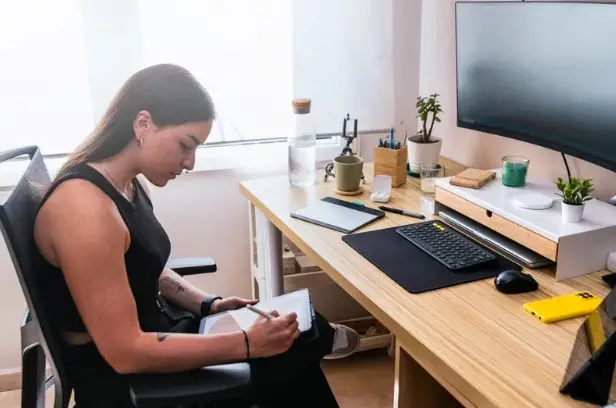The Rise of AI-First Design Studios: How Startups Are Revolutionizing Creative Work

In the ever-evolving landscape of creative technology, a new breed of startup is emerging: the AI-first design studio. These innovative companies are fundamentally changing how visual content is created, marking a significant shift from traditional design processes to AI-powered creative workflows.
The AI Design Revolution
The past year has seen an explosion of startups focused on integrating artificial intelligence into the creative process. From text to image AI platforms that can generate stunning visuals from simple descriptions to automated branding tools that can produce entire visual identities in minutes, these companies are reshaping the boundaries of what’s possible in design.
Why Now?
Several factors have converged to create the perfect environment for AI design startups to thrive:
- Technological Maturity
The underlying AI technologies have reached a level of sophistication that makes them practical for professional use. Modern neural networks can now understand context, style, and brand guidelines with remarkable accuracy. - Market Demand
As businesses increasingly compete in the digital space, the demand for high-quality visual content has skyrocketed. Traditional design processes often can’t keep up with the volume and speed required by modern marketing campaigns. - Investment Climate
Despite recent market fluctuations, investors remain bullish on AI-powered creative tools. In 2024, investment in AI design startups has reached record levels, with several companies securing nine-figure funding rounds.
Pioneering Companies Leading the Change
Canva AI Studio
This Australian success story has evolved from a simple graphic design tool into a comprehensive AI-powered creative platform. Their latest features include automated layout optimization and intelligent design suggestions that learn from user behavior.
DesignDiff
A newcomer making waves in the industry, DesignDiff specializes in creating consistent brand assets across multiple platforms simultaneously. Their AI can maintain brand integrity while adapting designs for different contexts and audiences.
The Human Element
Contrary to initial fears, these AI-first design studios aren’t replacing human designers – they’re empowering them. By automating routine tasks and providing intelligent creative suggestions, these tools allow designers to focus on higher-level creative direction and strategy.
Impact on Traditional Design Agencies
Traditional design agencies are feeling the pressure to adapt. Many are either developing their own AI capabilities or partnering with AI-first startups. This shift is creating new roles within agencies, such as “AI Design Directors” who specialize in guiding AI tools to achieve specific creative outcomes.
Looking Ahead
The future of AI-first design studios looks promising, with several trends emerging:
Personalization at Scale
AI-powered design tools are becoming increasingly sophisticated at creating personalized visual content for different audience segments, enabling mass customization of marketing materials.
Real-Time Design Adaptation
New technologies are enabling designs to automatically adjust based on real-time performance data, creating a feedback loop that continuously optimizes visual content.
Cross-Platform Integration
AI design tools are becoming more integrated with other business systems, allowing for seamless workflow automation from concept to deployment.
Challenges and Opportunities
While the rise of AI-first design studios presents enormous opportunities, several challenges remain:
Copyright and Ownership
Questions about intellectual property rights for AI-generated designs continue to evolve, with new legal frameworks being developed to address these issues.
Quality Control
Maintaining consistent quality across AI-generated designs requires sophisticated validation systems and human oversight.
Skill Evolution
The industry needs to develop new training programs to help designers adapt to AI-augmented workflows.
Conclusion
The emergence of AI-first design studios represents more than just a technological shift – it’s a fundamental reimagining of the creative process. As these startups continue to innovate and push boundaries, they’re not just changing how design work is done; they’re expanding what’s possible in the realm of visual creation.
For entrepreneurs and investors watching this space, the message is clear: AI-first design studios are not just a trend – they’re the future of creative work. The companies that successfully navigate this transformation will likely shape the creative industry for years to come.
